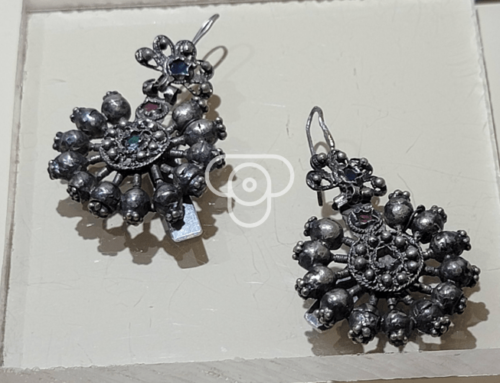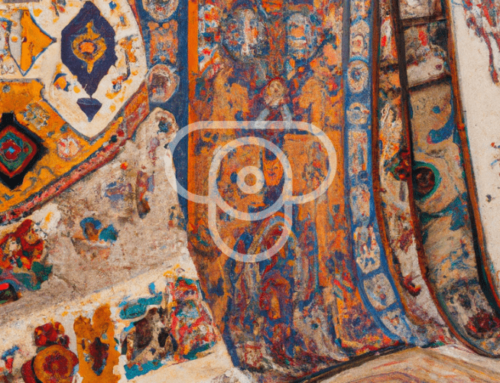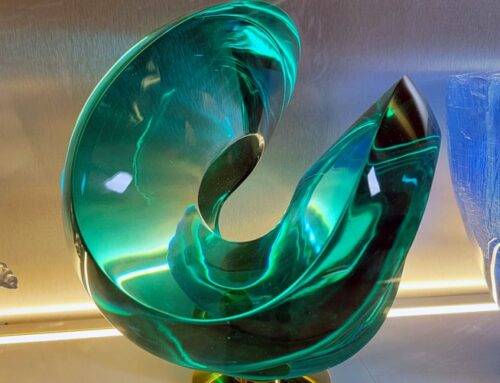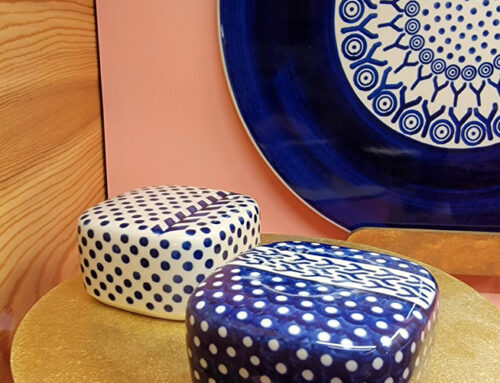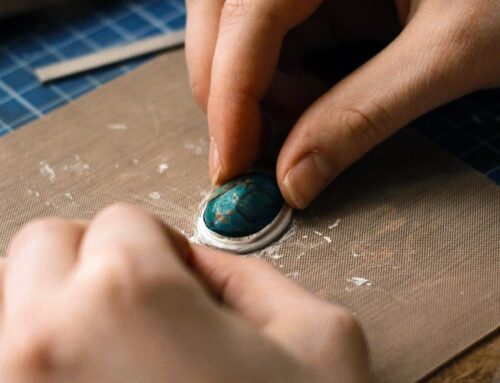Croatian Arts and Crafts–From Wooden Toys to Lace Doilies
Croatia is a small country with over 3,000 miles of coastline along the turquoise Adriatic Sea and consisting of thousands of islands. The diverse landscape includes waterfalls, lakes, flat plains, mountains, and rivers and is home to medieval towns, Roman ruins, fishing villages, and world-renowned museums. The artisans of Croatia make crafts like wooden toys, lace doilies, and clay pottery that derive from traditions spanning centuries.
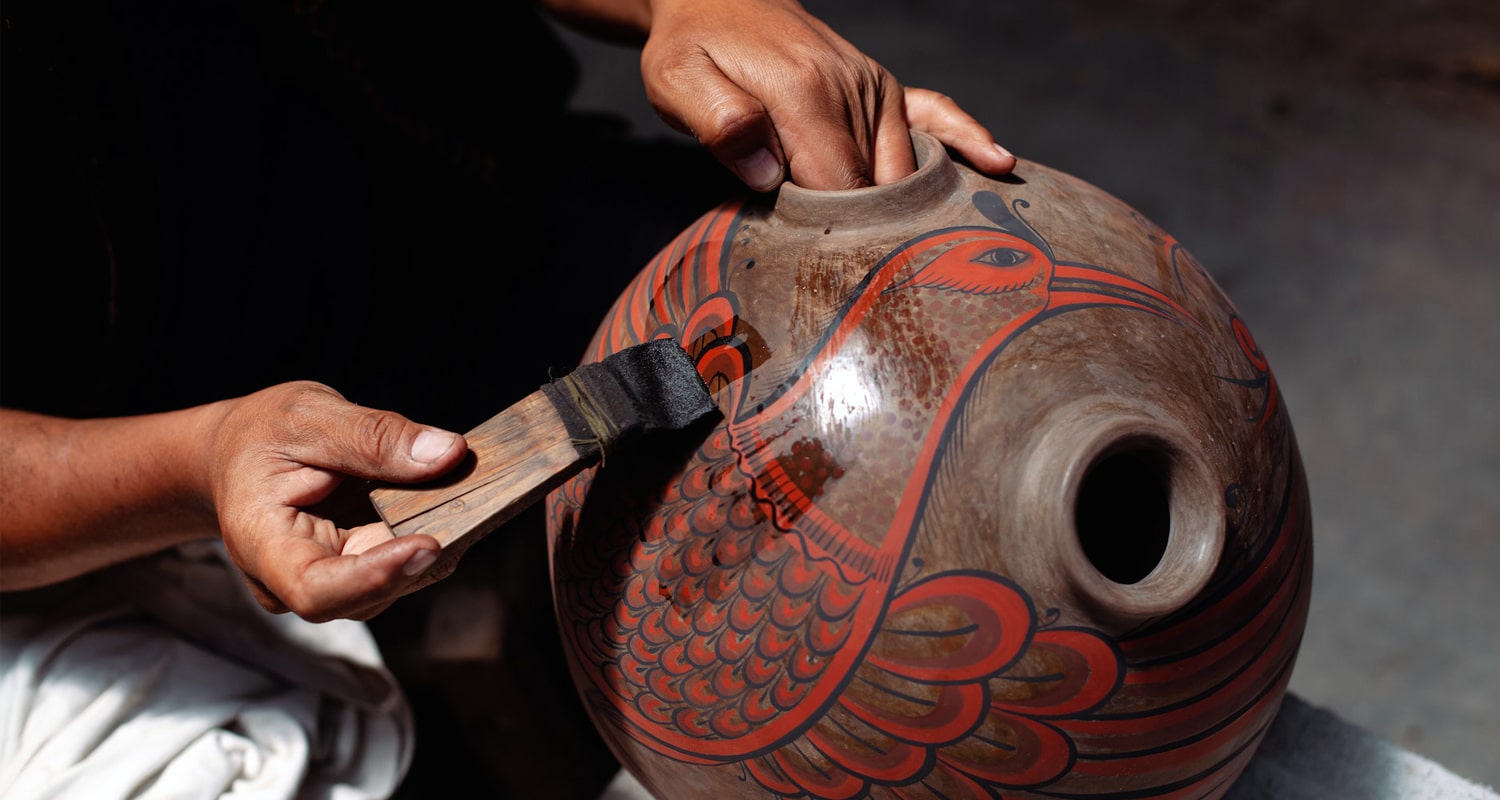
Wooden Toys
Croatia’s wooden children’s toys, which have been given the status of intangible heritage by UNESCO, originated from the villages of Hrvatsko Zagorje in the 19th century. They are the only remaining villages that have kept this tradition alive. About 50 different variations are made, including animals such as the rooster, horse, and butterfly “clappers”, which are called klepetaljka. The artisans of Croatia also craft wooden toy instruments such as the reeds (zveglice), tamburitza, and trumpet, available in various sizes and tuned by the toy makers themselves as the toy is actually just a miniature instrument. The men make the toys by carving and cutting into the soft wood (beech, willow, lime, and maple), and the women paint and decorate them with vibrant, eco-friendly paint that is child friendly. Each toy is handmade and inspired by nature with floral and geometrical designs using the primary colors of red, yellow, blue, black, and white. Many of the toys made today are almost exact replicas of the traditional toys from hundreds of years ago.
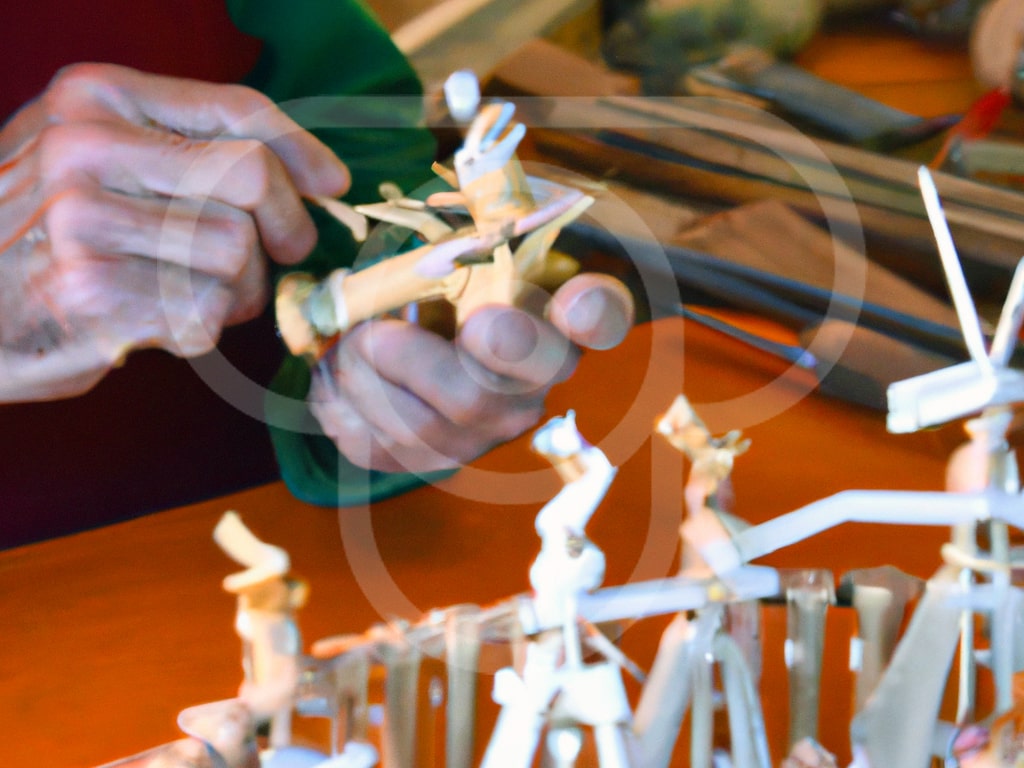

Lace
The island of Pag, Croatia, is home to a lacemaking tradition dating back to the 1400s from nuns creating intricate garments, table coverings, and other decorative textiles for the church. Pag lace is meticulous needlepoint lace made from white thread. The lacemakers begin with a firm pillow to sew a spider web pattern that radiates outward in geometric, identical pattern rings such as concentric circles, triangles, zigzag lines, or rosettes. Since the lace is so tightly sewn, the final piece is rigid once separated from the pillow. The final pieces are small and round doily shapes and very expensive – a few hundred euro – since it takes a long time to make a single piece. This tradition has supported women in the villages and countryside for generations and is a proud Croatian cultural heritage.
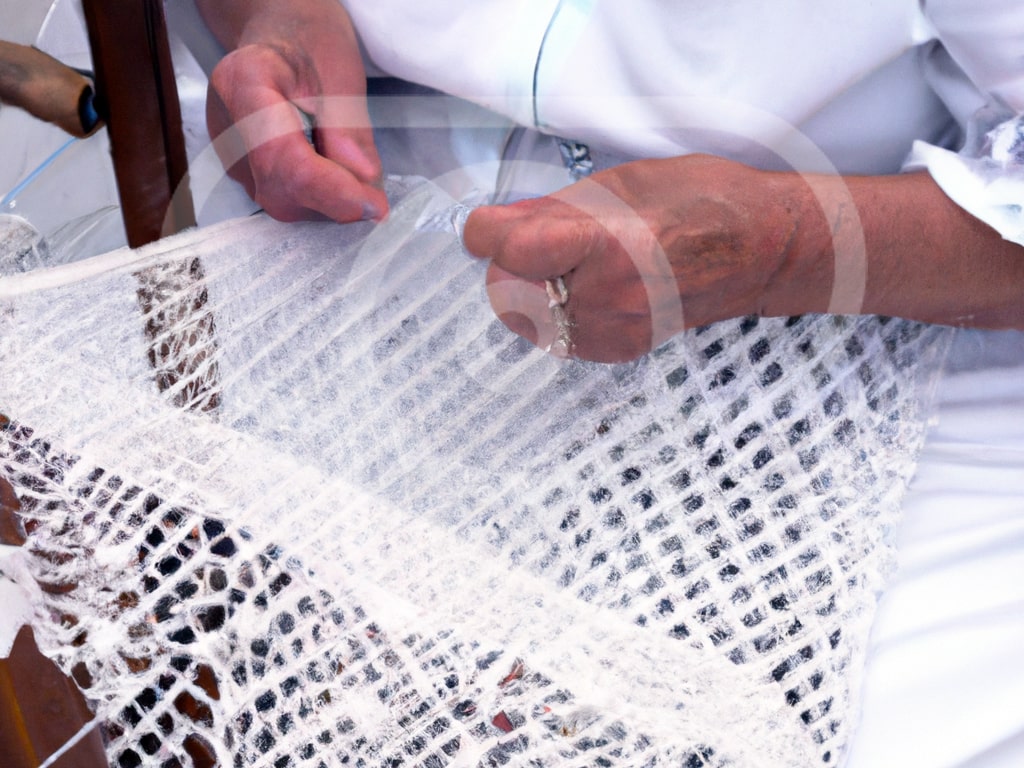
Clay Pottery
Off the coast of Croatia, the second oldest and second largest collection of ceramic art in Europe was found in the limestone rock cave of Vela Spila on Korcula Island, dating back to the Stone Age from 15,000-13,000 BC. This ancient ceramic art was mostly terracotta animal figures during the Stone Age and then did not appear again until the Neolithic Age around 5,000 BC. The artisans of Croatia use these age-old techniques to create pottery pieces today.
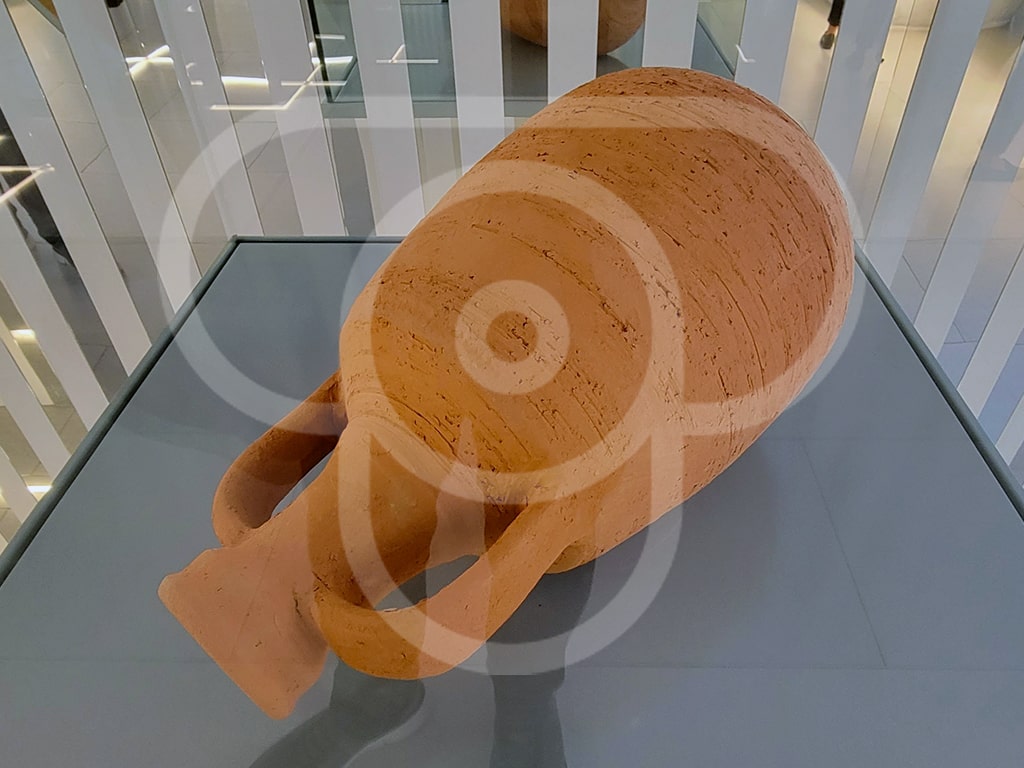
Croatia’s artisans are skilled in a variety of crafts such as the miniature wooden musical instruments, painstakingly detailed lace decorations, and clay pottery that derives from techniques used in the Stone Age.

